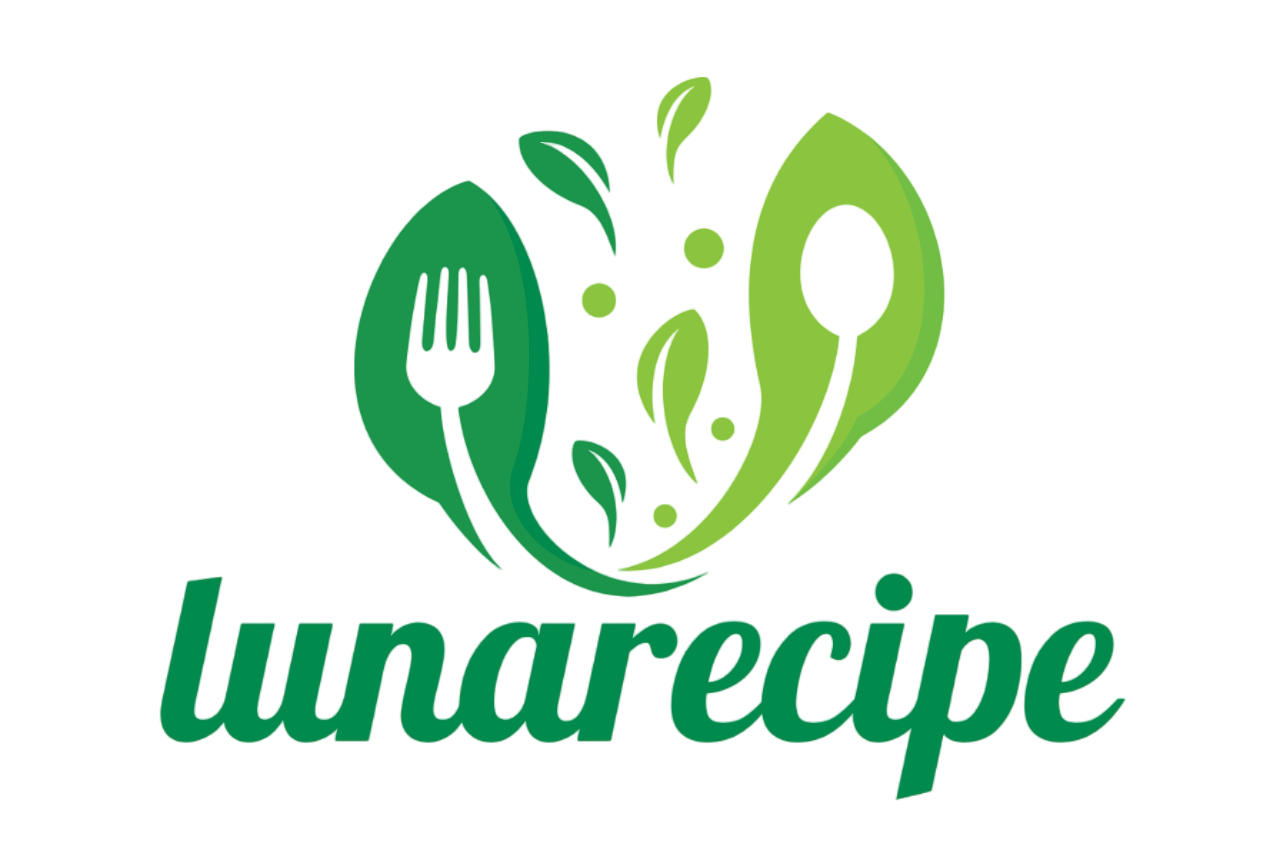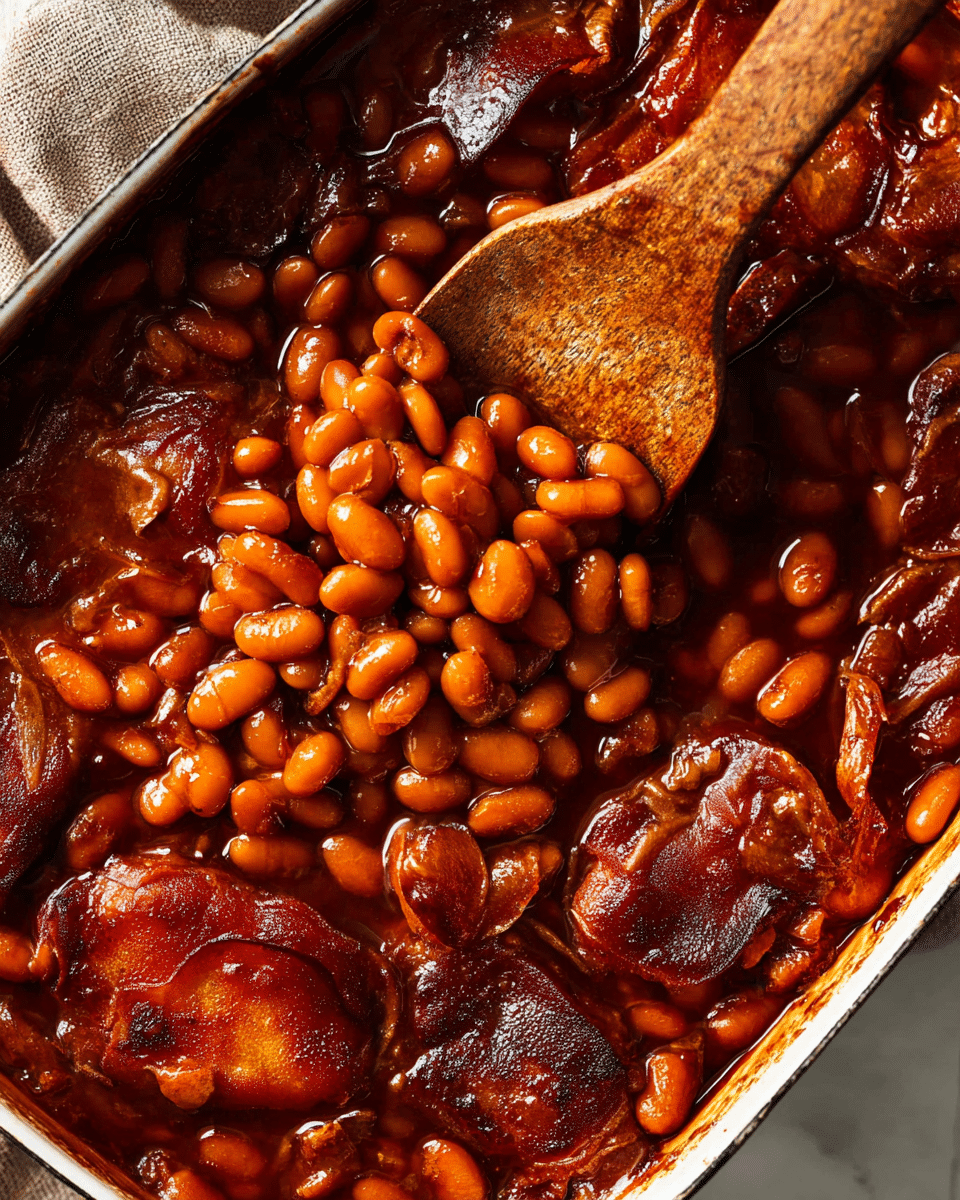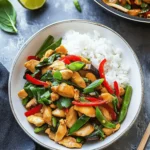These savory homemade baked beans offer a sweet and smoky flavor, complemented by the richness of slow-cooked navy beans. The combination of ketchup, molasses, and Worcestershire sauce creates the perfect balance of tangy, sweet, and savory, making these beans a comforting side dish for any occasion.
Not only are they simple to prepare, but you can easily customize this dish by adding extra ingredients like bacon or vegetables for a twist. Whether you’re hosting a BBQ or looking for a hearty side for your dinner, these baked beans will undoubtedly be a crowd-pleaser that’s both satisfying and full of flavor.
Full Recipe:
-
1 pound dried navy beans
-
1 medium onion, diced
-
1 tablespoon olive oil
-
3 cloves garlic, minced
-
1/4 cup ketchup
-
1/4 cup brown sugar
-
1 tablespoon molasses
-
1 tablespoon Dijon mustard
-
2 teaspoons Worcestershire sauce
-
1 teaspoon smoked paprika
-
Salt and pepper to taste
-
4 cups water
Directions:
-
Preheat oven to 350°F (175°C).
-
In a large bowl, soak the navy beans in water overnight. Drain and set aside.
-
In a large pot, heat olive oil over medium heat. Add diced onion and garlic, cooking until softened (about 3-4 minutes).
-
Add the beans, ketchup, brown sugar, molasses, Dijon mustard, Worcestershire sauce, smoked paprika, salt, and pepper to the pot. Stir to combine.
-
Add 4 cups of water and bring the mixture to a boil. Reduce heat to low and simmer for 10-15 minutes to allow the flavors to meld.
-
Transfer the mixture to an oven-safe baking dish, cover with foil, and bake for 1 hour, stirring occasionally.
-
After 1 hour, remove the foil and bake for an additional 15-20 minutes until the sauce has thickened and the beans are tender.
Prep Time: 15 minutes | Cooking Time: 1 hour 30 minutes | Total Time: 1 hour 45 minutes
Kcal: 240 kcal | Servings: 6 servings
Recipe Overview
Baked beans are a beloved classic in many households, often considered the ultimate comfort food. This hearty dish, made with slow-cooked navy beans in a savory, slightly sweet sauce, can be served as a side or as a main course, depending on the setting. Whether you’re preparing them for a family meal, a BBQ, or just as a satisfying dish to enjoy on a cozy evening, baked beans never fail to deliver warmth and rich flavor.
What makes baked beans so universally loved is the harmony between the creamy beans and the bold flavors of molasses, brown sugar, and Worcestershire sauce, which results in a slightly sweet, savory, and smoky taste. For some, it’s a dish tied to childhood memories, while for others, it’s a simple yet comforting meal for any time of the day.
History and Origin
Baked beans have a long and storied history, with roots dating back to Native American cooking traditions. The indigenous people of North America are credited with the first version of baked beans, using beans, maple syrup, and pork to create a savory dish. This was later adapted by European settlers, who brought along their own techniques and flavors, such as molasses and salt pork, to create a version that we recognize today.
The modern version of baked beans, especially the one we know in the United States, was further popularized in New England, where the combination of beans and molasses became a staple of both home kitchens and regional festivals. In the United Kingdom, baked beans took on a slightly different form, often being served as a breakfast dish, typically with toast. As with many traditional dishes, regional variations emerged, influenced by local ingredients and cultural tastes.
In the U.S., baked beans became especially associated with holiday meals and barbecues. In fact, no summer cookout feels quite complete without a hearty serving of baked beans. Whether made with ham, bacon, or a simple vegetarian version, the dish remains a symbol of comfort and indulgence.
Variations and Adaptations
While the classic baked beans recipe uses navy beans, there are many other beans that can be used, depending on the region or personal preference. For example, in the southern U.S., pinto beans or kidney beans might be substituted for navy beans to create a heartier and more flavorful dish. These variations often incorporate a blend of spices, such as cumin or chili powder, to give the dish a slightly different profile.
In the UK, baked beans are typically enjoyed with a tomato-based sauce, sometimes flavored with vinegar and sugar. This version is often served alongside a traditional English breakfast, which includes eggs, sausages, toast, and grilled tomatoes. In contrast, in the U.S., the sauce tends to have a richer, sweeter flavor profile, incorporating ingredients like brown sugar, molasses, and Dijon mustard. Some variations even include a splash of bourbon or a dash of hot sauce for a touch of heat.
Another common adaptation is the inclusion of meat in the recipe. In New England, baked beans were historically made with salt pork or ham, giving the beans a smoky, savory depth of flavor. Vegetarians and vegans can opt for a plant-based version, swapping out the meat for smoked paprika or liquid smoke to achieve the same depth of flavor without the animal products.
For those looking to add a unique twist, you can experiment by adding caramelized onions, bell peppers, or even a handful of crispy bacon crumbles on top before serving. Whether served as a simple side dish or elevated into a main course, baked beans can be adapted to suit a wide variety of tastes and dietary preferences.
Nutritional Information
Baked beans are not only delicious but also quite nutritious, providing a balanced mix of proteins, carbohydrates, and fiber. A typical serving of homemade baked beans contains about 240 calories, though this can vary depending on the specific ingredients and quantities used. The main source of calories comes from the beans, which are rich in complex carbohydrates and fiber.
Beans, such as navy beans, are a great source of plant-based protein, which is essential for muscle repair and growth. They also provide a good amount of fiber, which promotes digestive health and helps maintain healthy blood sugar levels. Baked beans also contain essential minerals like iron, magnesium, and potassium, which support various bodily functions, from oxygen transport to nerve function.
However, it’s important to note that store-bought canned baked beans often have added sugars and preservatives, which can increase the calorie count and reduce their overall nutritional value. Homemade baked beans, on the other hand, can be easily made without excessive sugar and sodium, making them a healthier option.
For those following specific diets, baked beans can be modified to meet different nutritional needs. For example, those on a low-carb or ketogenic diet may want to skip the sugar and molasses, while those following a vegan or vegetarian diet will appreciate the plant-based protein and fiber content.
Serving Suggestions and Pairings
Baked beans are a versatile dish that pairs well with a wide range of foods. They can be served as a hearty side dish to complement grilled meats, burgers, or barbecued chicken. The smoky, sweet flavors of the beans make them a perfect match for rich, savory dishes like pulled pork or ribs.
For a lighter, vegetarian option, serve baked beans alongside a fresh salad, roasted vegetables, or cornbread. The combination of warm, hearty beans and crisp, refreshing greens provides a satisfying contrast in both texture and flavor. In the UK, baked beans are traditionally served on toast, making them a delicious and filling breakfast or brunch option.
Baked beans also make a great accompaniment to a variety of global cuisines. For example, they can be paired with grilled sausages for an authentic German-style meal, or served with a stack of fluffy pancakes for a twist on traditional American breakfasts.
For beverages, consider pairing baked beans with a crisp, refreshing drink such as iced tea, lemonade, or a cold beer. The slight sweetness of the beans complements the bitterness of beer or the tartness of lemonade, creating a delightful balance of flavors.
Tips and Tricks for Success
To ensure your baked beans turn out perfectly every time, here are a few expert tips:
-
Soak the Beans: If you’re using dried beans, make sure to soak them overnight to ensure they cook evenly. This also helps to reduce cooking time and improve the texture of the beans.
-
Slow and Steady: Baked beans benefit from a slow cooking process. Whether you’re making them in the oven or on the stovetop, low and slow heat helps to develop the rich, complex flavors.
-
Customize the Sauce: Feel free to adjust the sauce to your taste. If you like your beans sweeter, add more brown sugar or molasses. For a tangier flavor, try adding a little extra vinegar or mustard.
-
Use Fresh Ingredients: Whenever possible, use fresh garlic and onions for the best flavor. This simple step can really elevate the dish and give it a depth of flavor that dried spices can’t replicate.
-
Add a Smoky Twist: If you’re looking to add a smoky flavor without using bacon, try adding smoked paprika or a drop of liquid smoke. These ingredients can replicate the depth of flavor that comes from traditional meat-based versions of baked beans.
Potential Health Benefits
Baked beans are not only tasty, but they also offer several health benefits thanks to their primary ingredient: beans. As a great source of plant-based protein, beans are a fantastic option for vegetarians and vegans looking to boost their protein intake. The fiber in beans also promotes digestive health by helping regulate bowel movements and preventing constipation.
Advertisement
Additionally, the antioxidants found in beans help combat free radicals in the body, which may reduce the risk of chronic diseases such as heart disease and cancer. The molasses and brown sugar in baked beans provide small amounts of iron, which supports healthy red blood cell production, and potassium, which helps regulate blood pressure.
By making your baked beans from scratch, you can also control the amount of added sugar and sodium, making the dish a healthier option for those concerned about their salt and sugar intake.
Conclusion
Baked beans are a timeless dish that’s both comforting and versatile. Whether you enjoy them as a side dish, a main course, or even as part of a breakfast spread, their rich flavor and satisfying texture make them an undeniable favorite. With endless variations and adaptations, it’s easy to tailor this recipe to your taste and dietary needs, making it a go-to option for any meal.
So, next time you’re looking for a hearty, flavorful dish that everyone will enjoy, give homemade baked beans a try. They’re simple to make, packed with nutrition, and sure to be a crowd-pleaser!






